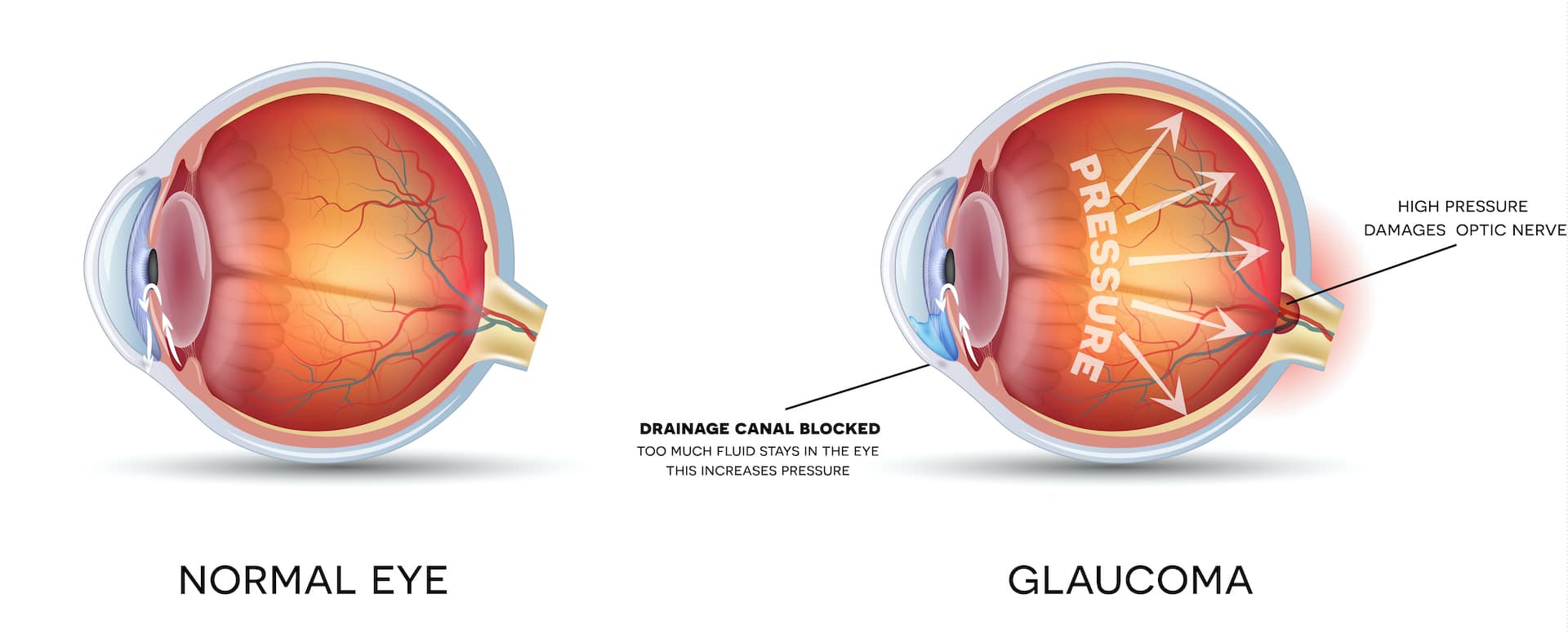Neighborhood Glaucoma Service Near Me: Early Detection and Therapy Alternatives
Neighborhood Glaucoma Service Near Me: Early Detection and Therapy Alternatives
Blog Article
Comprehending the Various Vision Improvement Procedures Available for Clearer Sight
In the world of vision improvement treatments, a wide variety of options exist to resolve refractive mistakes and provide people with clearer view. Allow's explore the complexities of these treatments and dropped light on the course to attaining improved vision quality.
LASIK Surgical Procedure
LASIK surgical treatment is a common refractive treatment utilized to correct vision problems such as farsightedness, astigmatism, and nearsightedness. This surgical strategy, which stands for Laser-Assisted in Situ Keratomileusis, intends to improve the cornea to improve exactly how light is focused on the retina, eventually improving vision clearness.
One of the primary advantages of LASIK surgical procedure is the quick improvement in vision experienced by individuals. Many people discover a significant improvement in their vision quickly after the treatment. Additionally, a lot of people report minimal pain and discomfort during the surgery and recuperation period. The recovery time for LASIK is relatively fast, with many individuals going back to their everyday tasks within a day or more post-operation. On the whole, LASIK surgical procedure is a preferred selection for individuals seeking a long-lasting option for their vision issues.
PRK Treatment
While also a common refractive treatment, the PRK (Photorefractive Keratectomy) method varies from LASIK surgery in its method to fixing vision problems. In PRK, rather than creating a flap on the cornea, the external layer of the cornea, called the epithelium, is totally eliminated. This permits the laser to reshape the cornea to correct refractive errors such as nearsightedness, farsightedness, and astigmatism directly externally.

In spite of the longer healing time, PRK can yield outstanding outcomes in vision improvement, making it a valuable option for those who may not appropriate candidates for LASIK surgery.
Implantable Lenses
As opposed to PRK where the cornea is improved straight, implantable lenses use another approach for remedying vision by placing synthetic lenses inside the eye. This procedure is specifically useful for individuals with high levels of nearsightedness, farsightedness, or astigmatism who may not appropriate prospects for laser surgical procedures like LASIK or PRK.
Implantable lenses, likewise recognized as phakic intraocular lenses, job by supplementing the eye's all-natural lens with an artificial one. glaucoma service near me. These lenses can be positioned before the natural lens (anterior chamber) or behind the iris and in front of the all-natural lens (posterior chamber) By changing the power and positioning of these lenses, eye doctors can properly deal with refractive errors and enhance visual skill
One benefit of navigate here implantable lenses is that they are removable and exchangeable, offering versatility for future adjustments. As with any kind of medical treatment, there are risks included, such as infection or cataract formation. Individuals taking into consideration implantable lenses need to seek advice from with an eye treatment specialist to figure out the most suitable option based on their private requirements and eye health.
Corneal Rings
Corneal rings, additionally referred to as intracorneal ring segments, are small, transparent tools put into the cornea to correct vision distortions such as keratoconus. Keratoconus is a condition where the cornea thins and protrudes outside, creating vision to come to be distorted. The insertion of corneal rings aids to squash the cornea, boosting aesthetic acuity click to read more and minimizing the irregular astigmatism brought on by keratoconus.
The treatment for putting corneal rings is fairly quick and minimally intrusive, commonly performed as an outpatient procedure. Throughout the surgery, the eye doctor makes a small incision in the cornea and inserts the rings at a details depth. When in area, the rings help to reshape the cornea, supplying a smoother surface for light to go into the eye, which can cause more clear vision.
Corneal rings are thought about a relatively easy to fix treatment, as they can be removed or replaced if needed. eyecare near me. While they might not completely get rid of the requirement for glasses or call lenses, corneal rings can significantly improve vision high quality and general aesthetic convenience for individuals with keratoconus or other corneal abnormalities
Refractive Lens Exchange
Complying with the modification of corneal abnormalities with treatments like corneal rings, one more vision modification strategy that can address refractive mistakes is Refractive Lens Exchange (RLE) RLE is a procedure that entails changing the eye's natural lens with an artificial intraocular lens (IOL) to correct refractive errors such as presbyopia, nearsightedness, and farsightedness. This treatment is especially useful for individuals who might not appropriate candidates for procedures like LASIK or PRK because of aspects such as thin corneas or high refractive errors.

Conclusion
In final thought, there are various vision modification treatments offered to help individuals attain clearer sight. LASIK surgery, PRK treatment, implantable lenses, corneal rings, and refractive lens exchange are all alternatives that can attend to various vision issues. It is vital for individuals to speak with their eye care company to establish one of the most appropriate treatment based on their certain requirements and preferences. With improvements in innovation, attaining boosted vision is currently extra accessible than ever previously.
In the realm of vision correction procedures, a multitude of alternatives exist to resolve refractive mistakes and give people with more clear view.LASIK surgical treatment is a common refractive procedure made use of to remedy vision issues such as farsightedness, astigmatism, and nearsightedness.While likewise a typical refractive procedure, the PRK (Photorefractive Keratectomy) technique varies from LASIK surgical treatment in its method to correcting vision troubles.Complying with the adjustment of corneal abnormalities with treatments like corneal rings, another vision correction method that can deal with refractive mistakes is Refractive Lens Exchange (RLE) LASIK surgical treatment, PRK procedure, implantable lenses, corneal rings, and refractive lens exchange are all choices that can address various vision problems.
Report this page